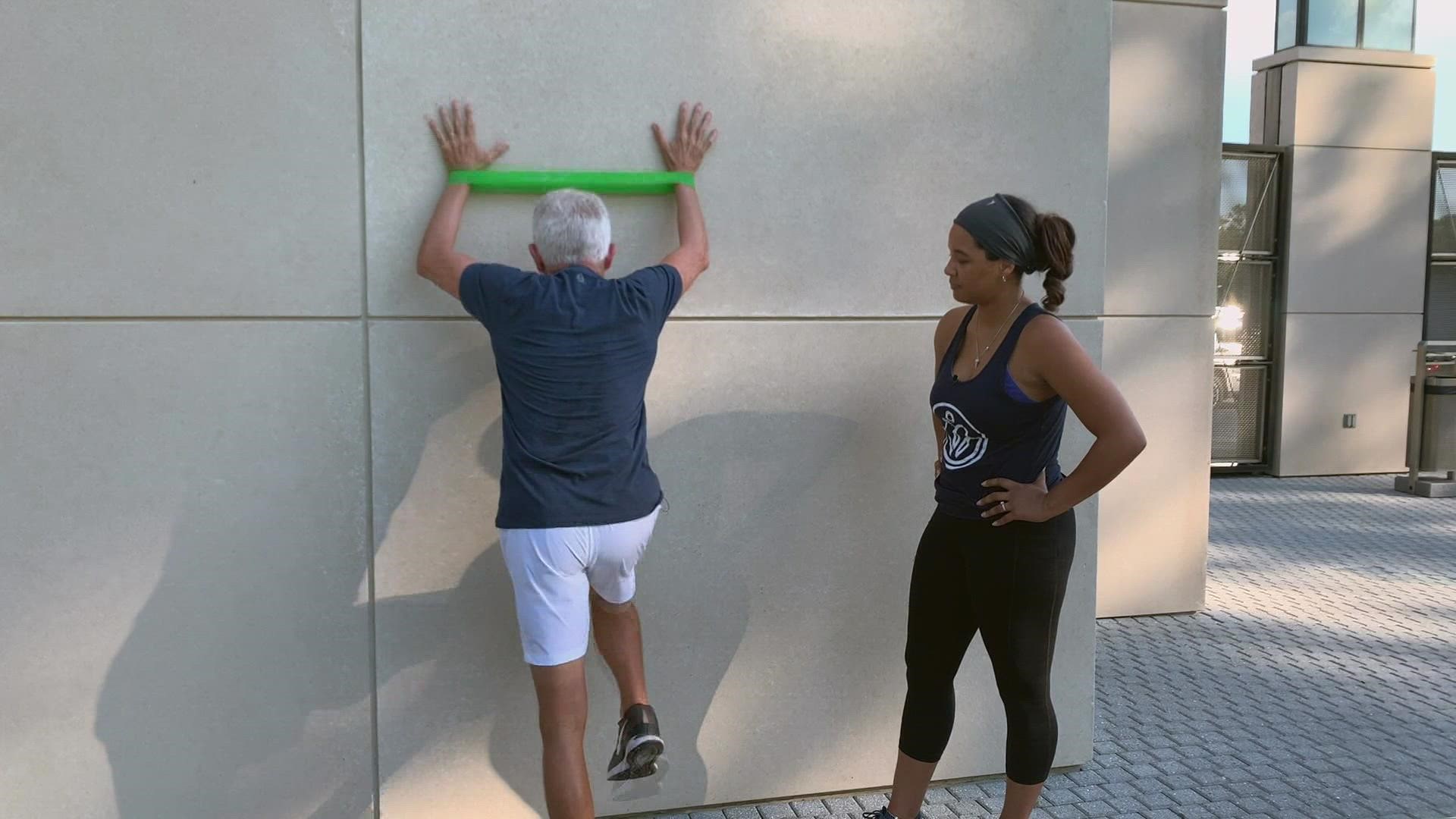NEW ORLEANS — In the September issue of Medicine & Science in Sports & Exercise, researchers from the Human Performance Laboratory, Department of Kinesiology and Health at the University of Texas at Austin, report that “when completing an intense short-term exercise training program, decreasing daily background steps from 16,000 to approximately 5000 steps per day blunts some of the classic cardiometabolic adaptations to training.”
Previously, the Texas researchers have described a phenomenon—exercise resistance—as, “inactivity-induced (e.g., low daily steps) lack of improvement in fat metabolism during the 16- to 22-hour period after acute exercise (1 h of running) that normally elicits robust increases in fat oxidation and the post-prandial (after meal) lowering of plasma triglycerides.”
The low daily step count—5,000 or less—after a short-term, intense exercise session (running), might be attributed to being fatigued, causing energy conservation by sitting, less movement, or laying down.
At a St. Louis Blues Hockey training camp during my 10-year tenure as their Performance Conditioning and Nutrition consultant, I observed that after the mandated 3-hour practice, many rookies would go back to the hotel to rest, while their veteran counterparts would head out to play golf.
The Texas investigators examined how acute inactivity impairs a broad range of whole-body adaptations, such as fat metabolism, after short-term intense aerobic training.
Sixteen untrained participants, with an average age of 24 years, completed intense (80%–90% V ̇O2peak) short-term training, which included five bouts of exercise over nine days.
Post-training, eight participants averaged 4767 (low) daily steps, while eight participants averaged 16,048 (high) daily steps.
Prior to intervention and after the short-term, intense exercise, the participant’s resting metabolic responses were ascertained using a six-hour high-fat meal tolerance test.
In addition, responses during submaximal exercise were recorded both before and after training during 15 minutes of cycling (~79% of pretraining V ̇ O2peak).
It was determined that reducing steps to approximately 5000 steps per day prevented some classic whole-body training adaptations during submaximal exercises, such as a significant reduction in heart rate, blood lactate, muscle deoxygenation, and rate of perceived exertion.
The take-away message is taken from the philosopher Buddha, “be moderate in all things.”
The key is to exercise at an intensity somewhere between 72 to 87 percent of your maximum heart rate; either 220-age or 208 - (0.7 x age), in a mode of exercise determined by your trainer or healthcare provider and based on your medical history, with appropriate modifications as recommended.
To read this study, you can go to maxwellnutrition.com and look under the “open-access research” section.

